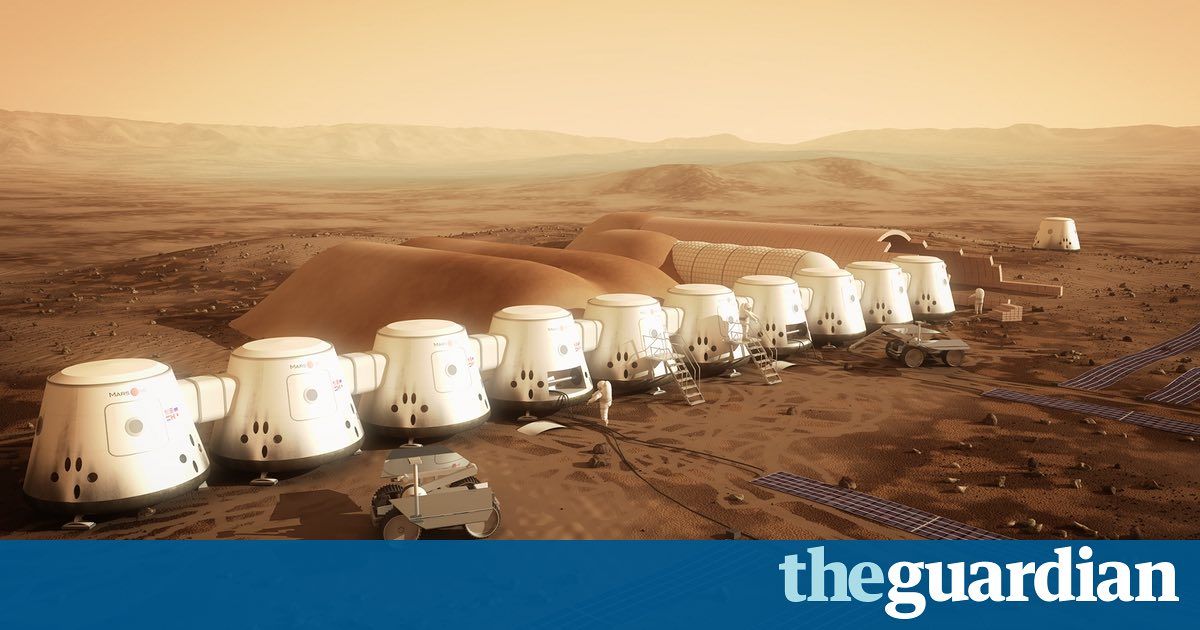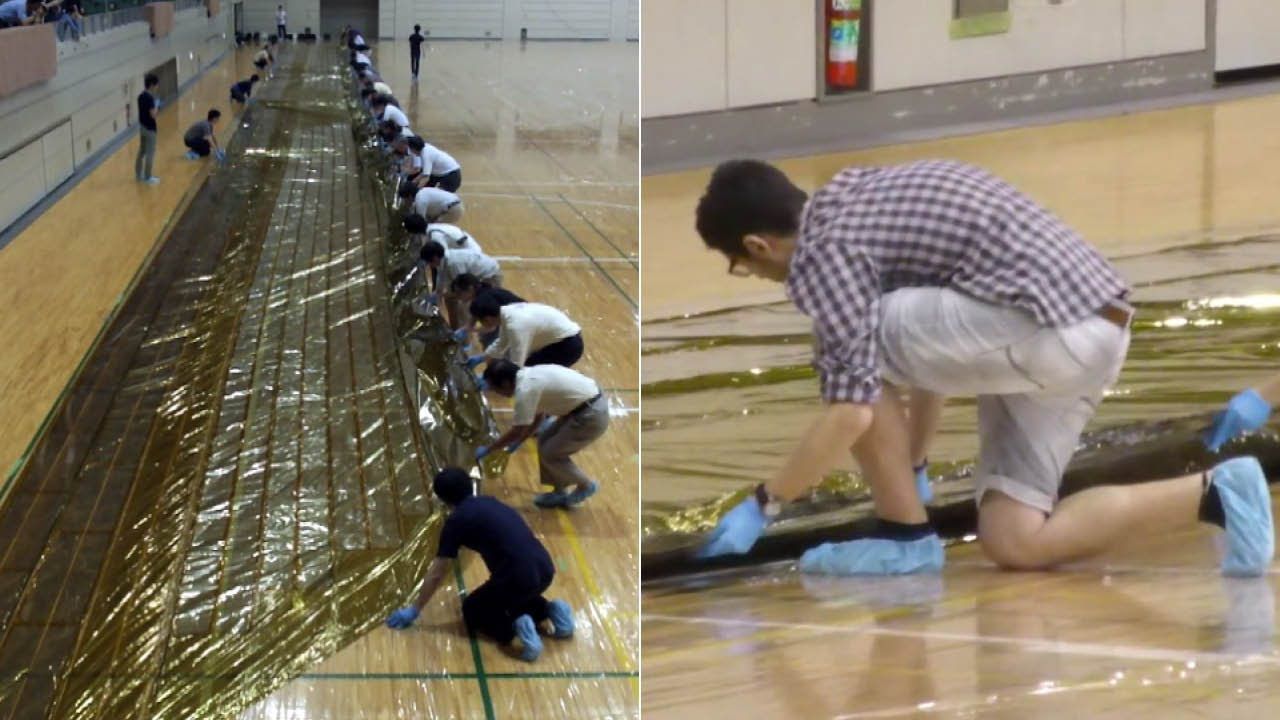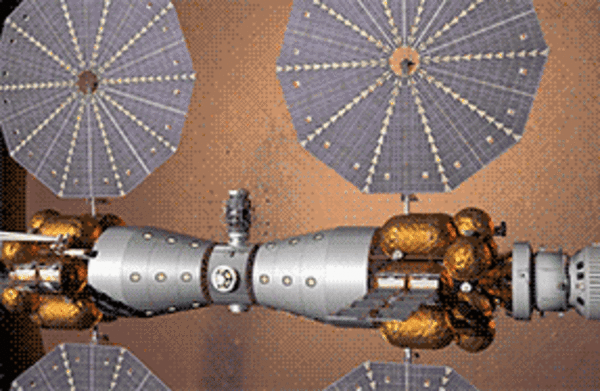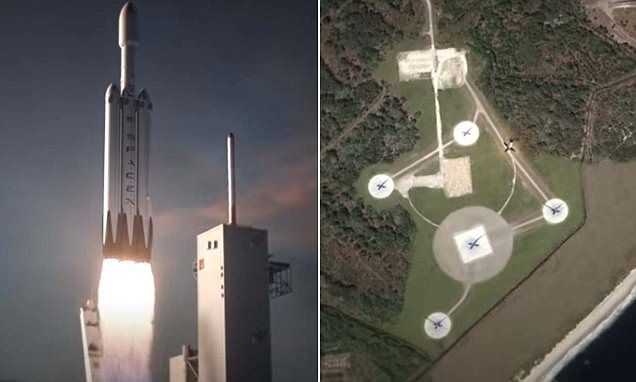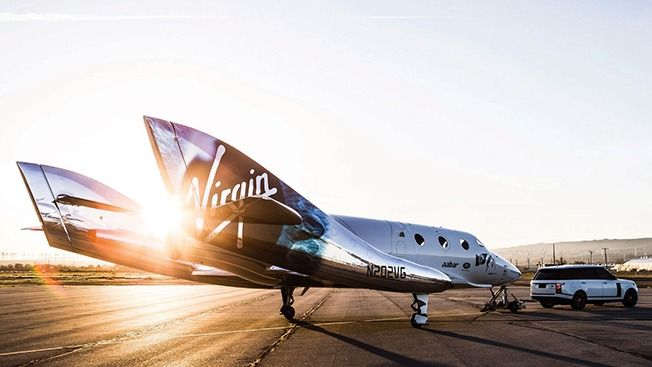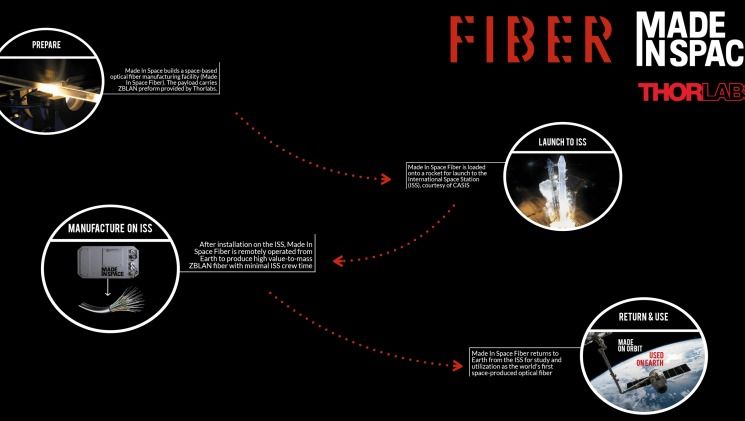
MOFFETT FIELD, CA. Made In Space, Inc. (Made In Space) and Thorlabs, Inc. (Thorlabs) will send a microgravity-optimized, miniature fiber drawing system to the International Space Station (ISS) to manufacture high-value-to-mass ZBLAN optical fiber via a cooperative agreement with The Center for Advancement of Science In Space (CASIS). The payload, called the “Made In Space Optical Fiber Production in Microgravity Experiment” (Fiber Payload) is currently scheduled to be launched to the ISS in the first quarter of 2017. The Fiber Payload will produce test quantities of ZBLAN optical fiber in the persistent microgravity environment ISS provides, and be returned to the Earth shortly thereafter. Once returned to the Earth, the fiber will be tested and utilized. Based on the results from this initial experiment and market demand, Made In Space plans to develop and operate larger scale microgravity production facilities for ZBLAN and other microgravity enabled materials.
Read more

